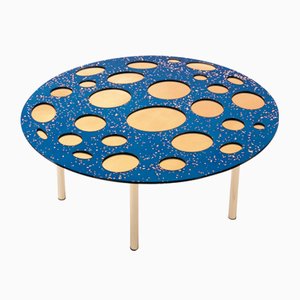Get to know the timeless and timely style of Italian studio Debonademeo
Past Is Prologue
Dario De Meo and Luca De Bona launched Debonademeo Studio in Padua in 2013. In the few short year’s since, the duo’s work for artistically driven brands like JCP Universe, Medulum , Formae , Stilnovo, and Wall&decò has attracted the attention of an array major international tastemakers and helped to propel the current renaissance in Italian contemporary design.
We reached to this rising-star studio so you can get to know them better.
Pam: How did you meet and start working together?
DBDM: Although we both grew up in the Veneto region, we met in Milan during our Master’s studies and many “happy hour” aperitivos. We quickly saw that we think alike despite our different areas of research and experience. We realized that our diversities could be an enriching potential. After our first collaborations, we decided to establish a studio together in Padua, naming the business “De Bona De Meo” because of the funny assonance of our surnames.
Pam: How would you describe your design approach and aesthetic?
DBDM: Every project starts from a conceptual seed, which is prompted by a request, an intuition, an event, or a necessity. We like to define our design method as hic et nunc—Latin for “here and now.” We do not follow precise rules but rather are guided by a state of mind, the social conditions, and the modernity of the present. We embrace the tension between the promise of the future and a nostalgia for the past. Our works are like a frame that freezes a process in progress and tells a story that blends ancient inspirations with cutting-edge technologies.
Pam: Tell us about your projects and your design process.
DBDM: We come from two different academic backgrounds: Dario studied Industrial Design at the Polytechnic of Milan; Luca completed his MA at IUAV, in Venice, where he graduated in Architecture. We both decided to became designers to be able to shape the ideas and thoughts that storm in our heads; we then put them into practice to serve and meet people’s needs and the laws of the market, following or going against current trends.
We believe that in order to be a designer you need to constantly conduct research, aiming to understand and overcome design limits by exploring new possibilities. To be a designer means always trying to innovate. We usually share and discuss the briefs we receive from our clients with the numerous journeymen between Padua and Milan—or all-around Italy. These experienced crafts masters are our best resource for knowledge that significantly enriches our designs.
Pam: Where do you find inspiration?
DBDM: Art, history, and current events are our main sources of inspiration. We think of this as our journey. We don’t have a favorite destination; we like traveling everywhere and in many different ways. Through our journey we get into contact with new people, languages, traditions, and needs. By traveling we reach places full of heritage and innovation—famous art works or hidden details. Venice and Milan are the cities that gave us a lot and still continue to inspire us.
We also are stirred by far away countries, where it is still possible to immerse ourselves in completely different sensory experiences. And we also like to go back to our roots: Sicily represents Dario’s “memories tank” and the Dolomites is Luca’s.
Pam: What kind of music do you like to listen to get inspired?
DBDM: It may seem anachronistic, but in our studio and in the car our voices merge with the radio playing in the background. The mix of informal conversation, news, pop songs, or sophisticated arias represents a cross-section of our society and a constant source of inspiration. We like to listen to people's voices in the most unthinkable places and understand what their needs are.
Pam: Which product design do you wish you had created?
DBDM: We admire the great masters of the past, architects and designers such as Luigi Moretti, Carlo Mollino, Carlo Scarpa, Franco Albini, and Luigi Caccia Dominioni to name a few. At the same time, we are also fascinated by a more spontaneous design that over time has given life to small iconic masterpieces that we use every day: a perfect synthesis of form and function combined with a universal aesthetic value.
Pam: Which design books would you suggest to read and why?
DBDM: Il Sistema Periodico is a collection of stories written by Primo Levi in 1975. It’s not about design, but it defines human relationships and emotions through an unusual interpretation. Levi uses the characteristics of and reactions between chemical elements to describe human, political, and social relations.
Il Design Spiegato ai Bambini by Mario Bellini describes the world of design by teaching children to look around, to identify objects, to understand the beauty that often comes from stylistic and functional choices.
Il Design Spiegato a Mia Madre is a text in which Fabio Novembre tries to explain his work through precise descriptions, interviews, anecdotes, and metaphors. Starting from his own vision he is able to convey a general view on contemporary design.
Flatland is a science fiction novel written by Edwin Abbott in 1884. It’s the story of a hypothetical two-dimensional universe that meets an inhabitant of a three-dimensional universe. It’s quite a popular story among mathematics students that offers a multi-dimensional view of the world; a simple story that teaches us to look beyond our reality.
Memoirs of Hadrian by Marguerite Yourcenar is a story set in ancient Rome that describes the conditions and problems of people of all times—in search of a balance between happiness and productivity, between intelligence and will.
In The Master and Margarita by Mikhail Bulgakov, the world is described as a play between opposites with a special aesthetic value, generating a pyrotechnic game between the possible and impossible, the grotesque and sublime.
In Viaggi in Grecia, Giancarlo De Carlo reflects on the values of the past and develops strategies to live the present. He writes, “The glory of cities depends on the imagination of their citizens and this, in turn, depends on their experiences: it ultimately depends on the energies of places.”
Pam: With such an interest in history, are you excited about any current design trends?
DBDM: Like art and fashion, design reflects the present. The moods of society are expressed as signs, colors, and textures. Towards the end of the 20th century and the beginning of the 21st, economic growth and a general state of social well-being shaped an aseptic minimal look. Nowadays, within a striking scenario of international crisis, we are witnessing a sort of neo-mannerism that revisits and transgresses by mixing styles into an exciting fusion.
The meaning of decoration—intended as a primordial need for care and comfort and also as an expression of technological innovation—is changing. Sadly, we think that aesthetic has more importance than content now, possibly because of the power of media. This has led to a lack of meaning. We feel that it would be beneficial to bring some sort of order to this state of general chaos. But this is the time we live in, and we must make the best of it.
Pam: Which colors and materials attract you the most right now?
DBDM: Human perception of colors and materials changes according to the light and mood. It is felt and regarded in different ways by different cultures and ethnicities. We are attracted to what makes sense to us in a specific time and place; to what creates balance and a state of well-being.
Pam: How would you define the current state of design in Italy?
Pam: Italian design is undergoing a great change. Its innovation and quality have always distinguished it, both in mass markets and in niche ones, nationally and internationally. Over time, mass markets have become too competitive due to their extremely reduced production costs and large production capacities. This has allowed small artisans, that characterize every Italian region, to emerge again. Various companies once forgotten or closed have relaunched and flourished over the last few years, bringing back to life their antique techniques and contributing to a new and strong image of Italian design—an imagine made of quality, innovation, and excellence. All these qualities have always been present but certainly gained more visibility over the past few years.
More to Love
Debeam Console by Debonademeo for JCP Universe

Palafitte 83 Coffee Table by Debonademeo for Medulum
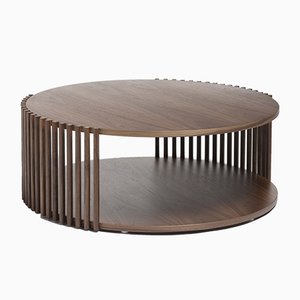
Palafitte 33 Coffee Table by Debonademeo for Medulum

Black Loop Wall Mirror by Paula Studio for Formae
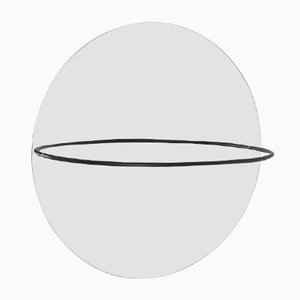
Blue Loop Mirror by Paula Studio for Formae
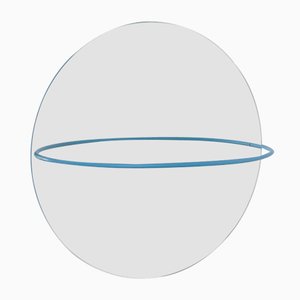
Large White Half Moon Shelf by Anna Mercurio for Formae
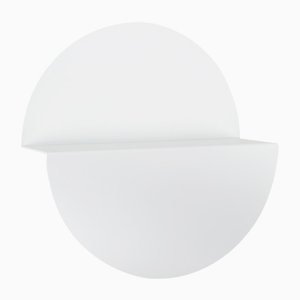
Small Blue Half Moon Shelf by Anna Mercurio for Formae

Yellow Half Moon Shelf by Anna Mercurio for Formae
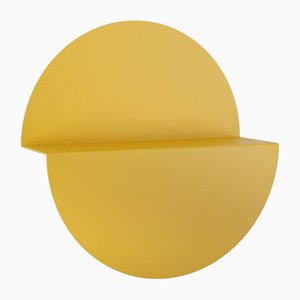
Orange Costellation Mirror & Coat Hook by Anna Mercurio for Formae

White Costellation Mirror & Coat Rack by Anna Mercurio for Formae

White AMBROGIO Coffee Table by Paula Studio for Formae, Set of 2
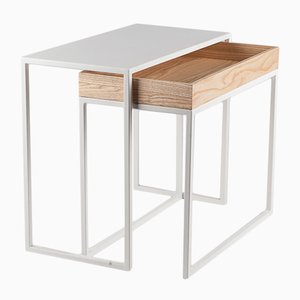
Black AMBROGIO Coffee Table by Paula Studio for Formae, Set of 2

White HIP HOP Coffee Table by Lucio Curcio e Luca Binaglia for Formae

Grey HIP HOP Coffee Table by Lucio Curcio e Luca Binaglia for Formae
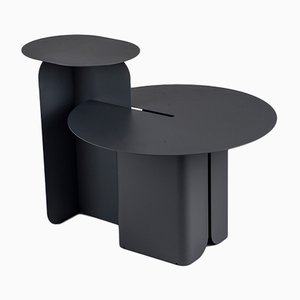
Yellow HIP HOP Coffee Table by Lucio Curcio e Luca Binaglia for Formae

Rondò 1 Table by Debonademeo for Medulum

Aboram Small Vase by Sam Baron for JCP Universe
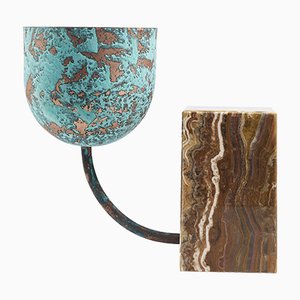
Glacoja Vase by Analogia Project for JCP Universe
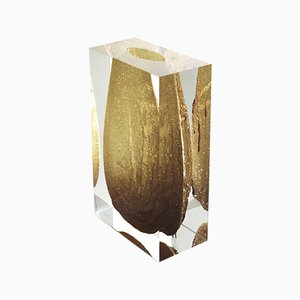
Serica Cabinet by Viviana De Grandi for Medulum

Sopovria Re Side Table by Sovrappensiero for JCP Universe
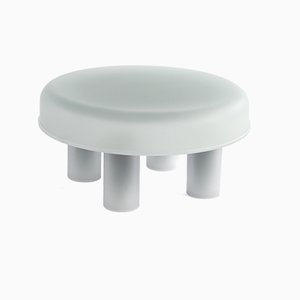
Sopovria So Central Table by Sovrappensiero for JCP Universe
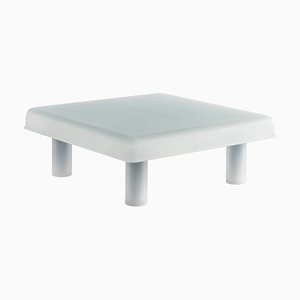
Glacoja Centerpiece by Analogia Project for JCP Universe
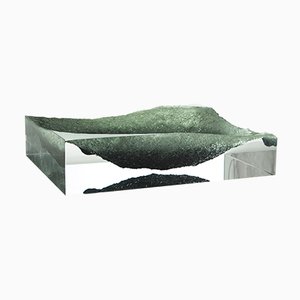
ENGIOI Blue RAL 5009 Trolley by Lucio Curcio & Luca Binagnlia for Formae

Oak & Brass Milione Sideboard by Debonademeo for Medulum
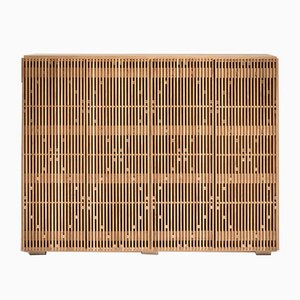
Undism Mirror by Gumdesign for JCP Universe

Maseen A Side Table by Samer Alameen for JCP Universe
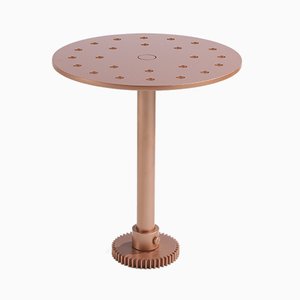
Maseen A-X Side Table by Samer Alameen for JCP Universe

Aboram Large Vase by Sam Baron for JCP Universe

Rondò 11 Table by Debonademeo for Medulum

Rondò 4 Coffee Table by Debonademeo for Medulum

White ENGIOI Cart by Lucio Curcio e Luca Binaglia for Formae
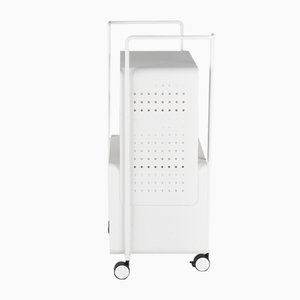
Yellow ENGIOI Cart by Lucio Curcio e Luca Binaglia for Formae

Fylgrade Sofa by CTRLZAK for JCP Universe

Belmer Sofa by Matteo Cibic for JCP Universe

Step Bookcase by Mauro Accardi & Silvia Buccheri for Medulum
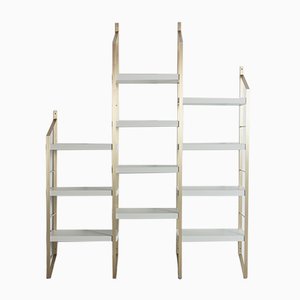
Sideroid Azimuth Coffer by Nikos Sideri s& CTRLZAK for JCP Universe
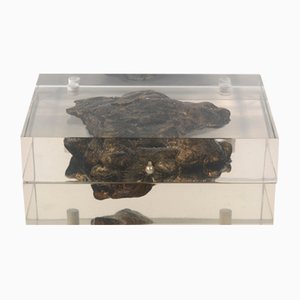
Naia Table Mirror in Honey Onyx by CTRLZAK for JCP Universe
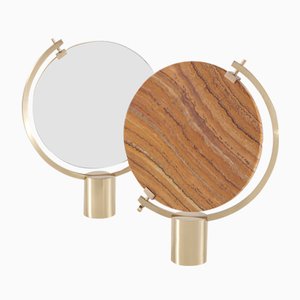
Galaver Coat Hanger by Emanuele Magini for JCP Universe
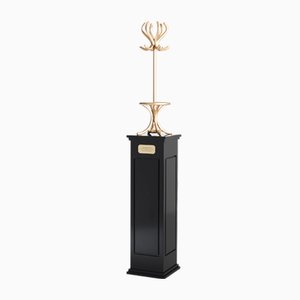
Belmer Armchair by Matteo Cibic for JCP Universe
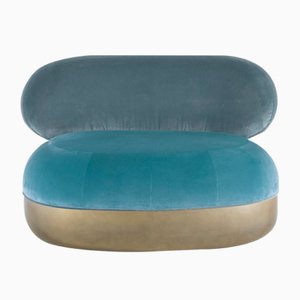
Kryptal Table Lamp by CTRLZAK for JCP Universe
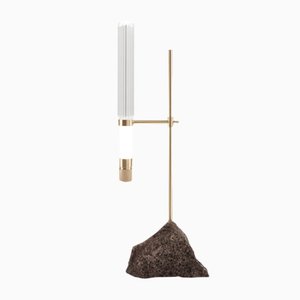
Dolmlod Square Central Table by CTRLZAK for JCP Universe

Rone Floor Lamp by Richard Hutten for JCP Universe
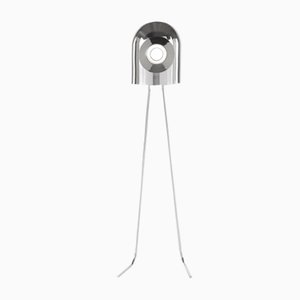
Betoo Table Lamp by Richard Hutten for JCP Universe
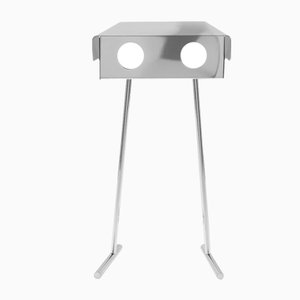
Antivol Small Side Table in Brass by CTRLZAK for JCP Universe
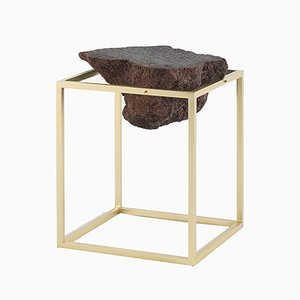
Antivol Large Side Table in Brass by CTRLZAK for JCP Universe
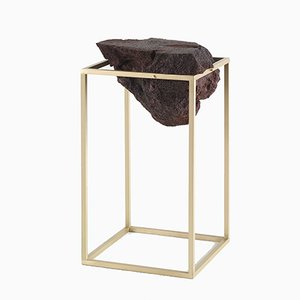
Antivol Small Side Table in Chrome by CTRLZAK for JCP Universe
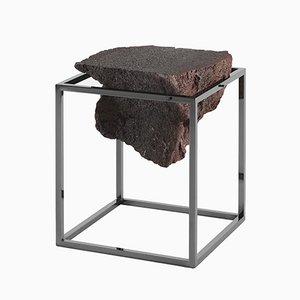
Antivol Large Side Table in Chrome by CTRLZAK for JCP Universe
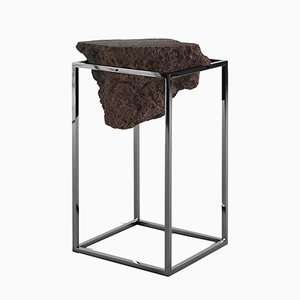
Fylgrade Armchair by CTRLZAK for JCP Universe

Agaxa Stool by CTRLZAK for JCP Universe
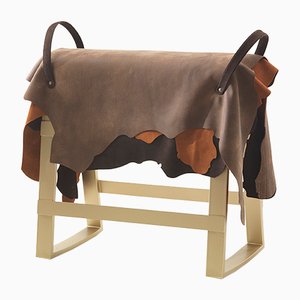
Eret Console by Samer Alameen for JCP Universe

Belmer Two-Seats Sofa by Matteo Cibic for JCP Universe
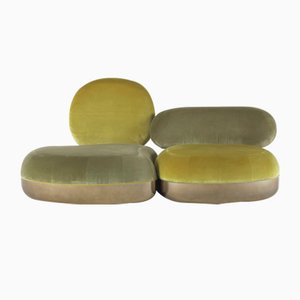
Pale Green ETTORE Coffee Table by Leonardo Fortino for Formae

Vivian Dressing Table by Mauro Accardi & Silvia Buccheri for Medulum

White ETTORE Coffee Table by Leonardo Fortino for Formae

Green CAMILLA Floor Lamp by Leonardo Fortino for Formae
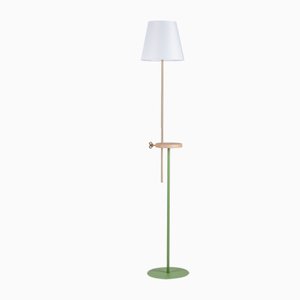
Black CAMILLA Floor Lamp by Leonardo Fortino for Formae
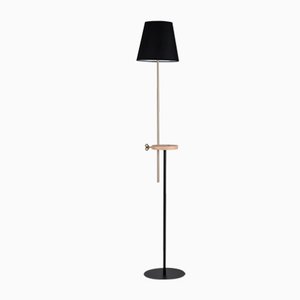
Green OTTO Pendulum Clock by Leonardo Fortino for Formae

Black OTTO Pendulum Clock by Leonardo Fortino for Formae
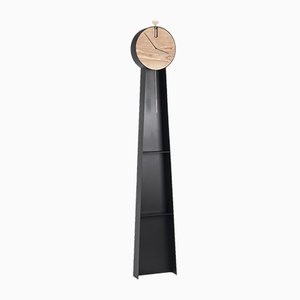
White OTTO Pendulum Clock by Leonardo Fortino for Formae

Dolmlod Rectangular Central Table by CTRLZAK for JCP Universe

Orbit L2 Table by Mauro Accardi & Silvia Buccheri for Medulum

Vento Entrance Rack by Viviana Degrandi for Medulum
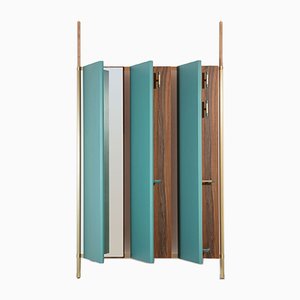
Opus Bookshelf by Mauro Accardi & Silvia Buccheri for Medulum

Belmer Side Table by Matteo Cibic for JCP Universe
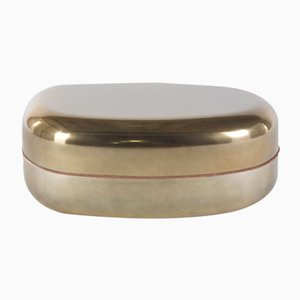
Herma Vase by Richard Yasmine for JCP Universe

Glome Z Vase by CTRLZAK for JCP Universe

Glome Y Vase by CTRLZAK for JCP Universe
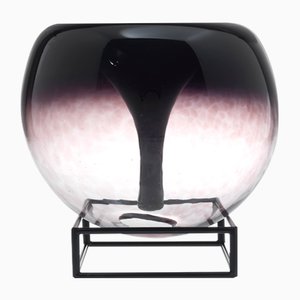
Glome X Vase by CTRLZAK for JCP Universe

Orgone Table Lamp by Samer Alameen for JCP Universe
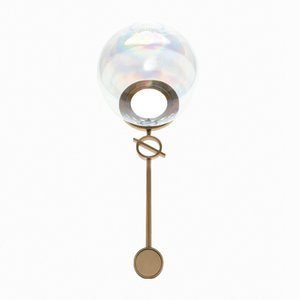
Venny Large Central Table by Matteo Cibic for JCP Universe
